How To Tie Habd Strap On Camera ?
To tie a hand strap on a camera, start by attaching one end of the strap to the camera's strap lug or eyelet. Then, thread the other end of the strap through the buckle or loop on the opposite side. Pull the strap through until it is snug but comfortable around your hand. Finally, secure the strap by tightening the buckle or fastening the loop. Make sure the strap is securely attached to prevent the camera from accidentally slipping out of your hand while in use.
1、 Basic knot tying techniques for camera hand straps
Basic knot tying techniques for camera hand straps are essential for photographers to ensure the safety and security of their equipment. One popular method is the "how to tie hand strap on camera" technique, which provides a secure and comfortable grip on the camera while shooting.
To begin, you will need a camera hand strap and a small piece of cord or paracord. Start by threading one end of the cord through the camera's strap lug or attachment point. Make sure to leave enough length on both sides to comfortably fit your hand through.
Next, create a loop with the cord and pass the loose end through the loop, forming a simple slipknot. Tighten the slipknot around the strap lug, ensuring it is secure but not too tight. This loop will serve as the hand strap.
Now, take the loose end of the cord and thread it through the loop you created, forming a second loop. This loop should be large enough to comfortably fit your hand through. Pull the loose end of the cord to tighten the second loop around your hand.
Finally, adjust the length of the hand strap to your preference by sliding the slipknot up or down the strap lug. Ensure that the strap is snug but not too tight, allowing for easy movement and a comfortable grip.
It is important to note that there are various methods and techniques for tying hand straps on cameras, and photographers should choose the one that suits their needs and preferences. Additionally, it is always recommended to practice and test the knot's strength and security before relying on it in a professional setting.
In recent years, there has been an increase in the availability of specialized camera hand straps that come with pre-attached buckles or clips. These straps offer quick and easy attachment to the camera, eliminating the need for knot tying. They provide a secure and comfortable grip, making them a popular choice among photographers. However, for those who prefer a DIY approach or have specific requirements, the traditional knot tying technique remains a reliable option.
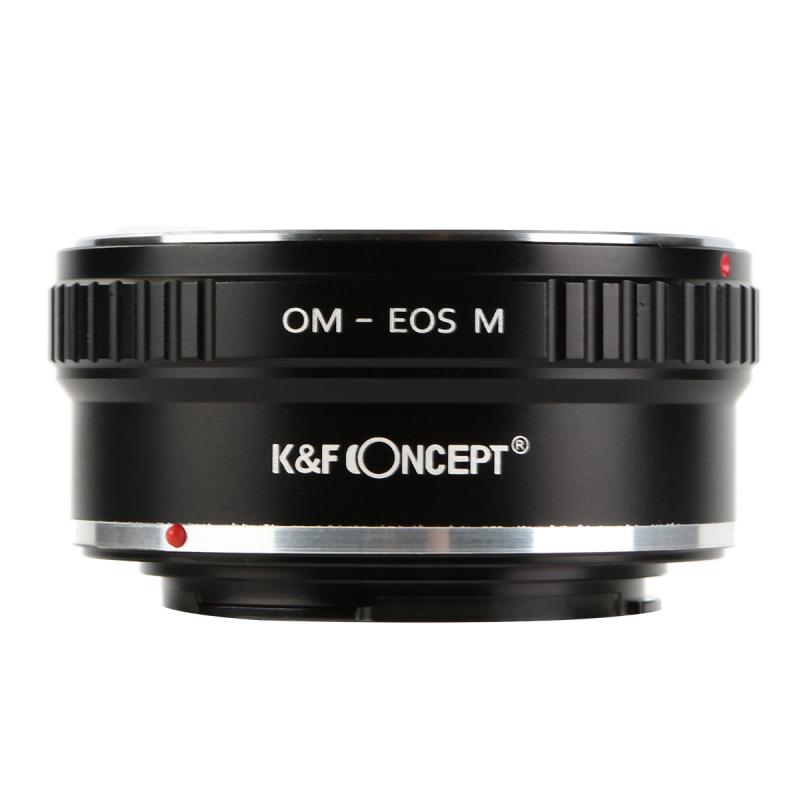
2、 Different types of hand straps for cameras and their benefits
Different types of hand straps for cameras and their benefits:
Hand straps are a popular accessory for photographers as they provide added security and comfort while shooting. There are several types of hand straps available in the market, each with its own unique benefits. Here are a few different types of hand straps and their advantages:
1. Wrist Strap: This is the most basic type of hand strap that attaches to the camera's lug and wraps around the wrist. It provides a secure grip on the camera, preventing accidental drops. Wrist straps are compact and easy to use, making them a popular choice for photographers who prefer a minimalist setup.
2. Finger Strap: Finger straps are designed to be worn around the finger, providing a more secure grip on the camera. They are particularly useful for photographers who shoot in challenging conditions or engage in action photography. Finger straps offer better control and stability, allowing for smoother panning and tracking shots.
3. Hand Grip Strap: Hand grip straps are larger and provide a more substantial grip on the camera. They are often made of padded material, offering enhanced comfort during long shooting sessions. Hand grip straps are ideal for photographers who use heavier camera setups or have larger hands.
4. Leather Hand Strap: Leather hand straps are known for their durability and classic look. They offer a secure grip and are comfortable to hold, even for extended periods. Leather hand straps are a popular choice among professional photographers who value both functionality and aesthetics.
5. Quick-Release Hand Strap: Quick-release hand straps allow for easy attachment and detachment from the camera. They are convenient for photographers who frequently switch between handheld shooting and tripod use. Quick-release hand straps often feature adjustable straps, ensuring a comfortable fit for different hand sizes.
In recent years, there has been a growing trend towards hand straps that incorporate additional features, such as built-in wrist supports or wireless remote control compatibility. These advancements aim to provide photographers with even more convenience and functionality while shooting.
Ultimately, the choice of hand strap depends on personal preference, shooting style, and the specific needs of the photographer. It is recommended to try out different types of hand straps to find the one that offers the best combination of comfort, security, and usability for your camera.
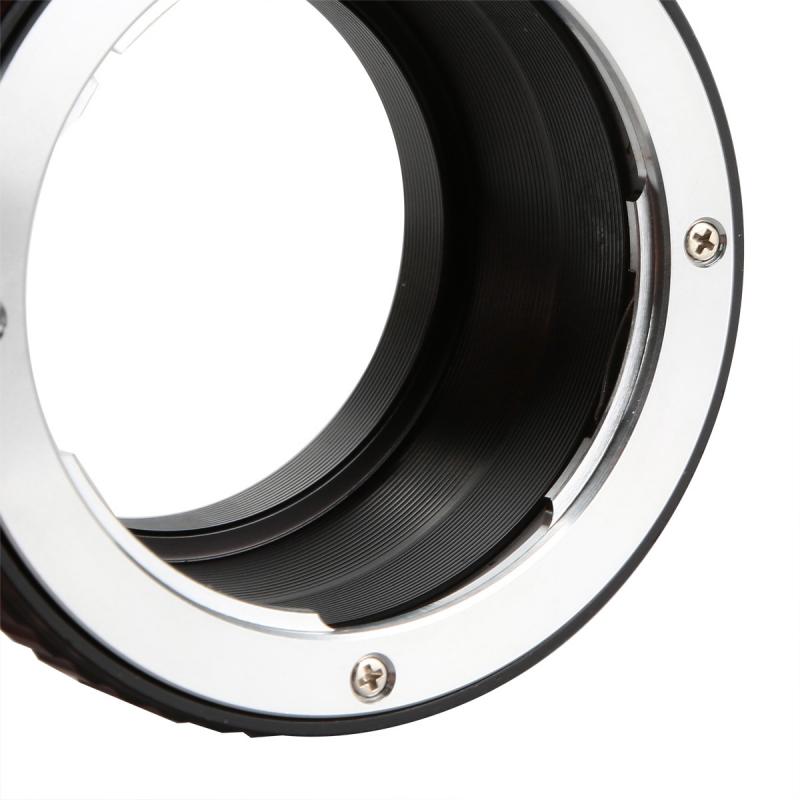
3、 Step-by-step guide to tying a secure hand strap on a camera
Step-by-step guide to tying a secure hand strap on a camera:
1. Choose a suitable hand strap: There are various hand straps available in the market specifically designed for cameras. Look for one that is comfortable, adjustable, and provides a secure grip.
2. Locate the camera's strap attachment points: Most cameras have built-in strap attachment points on either side. These are usually small metal loops or eyelets where the strap can be attached.
3. Thread the strap through the attachment points: Start by threading one end of the strap through the left attachment point, from the bottom up. Then, thread the other end through the right attachment point, also from the bottom up. Make sure the strap is not twisted and lies flat against the camera body.
4. Adjust the strap length: Pull both ends of the strap to adjust the length according to your hand size and comfort level. Ensure that the strap is not too loose or too tight, allowing you to securely hold the camera without strain.
5. Secure the strap: Once you have adjusted the strap to the desired length, fasten it by tying a secure knot. You can use a simple overhand knot or a double knot for added security. Make sure the knot is tight and won't come undone during use.
6. Test the strap: Before using the camera, give the strap a gentle tug to ensure it is securely attached. Also, check that the strap allows you to comfortably hold the camera and provides a firm grip.
It's worth noting that some cameras come with dedicated hand strap attachments or even pre-installed hand straps. In such cases, follow the manufacturer's instructions for attaching and adjusting the strap.
Remember, a secure hand strap is essential for preventing accidental drops and providing stability while shooting. Always double-check the strap's attachment and adjust it as needed before using your camera.
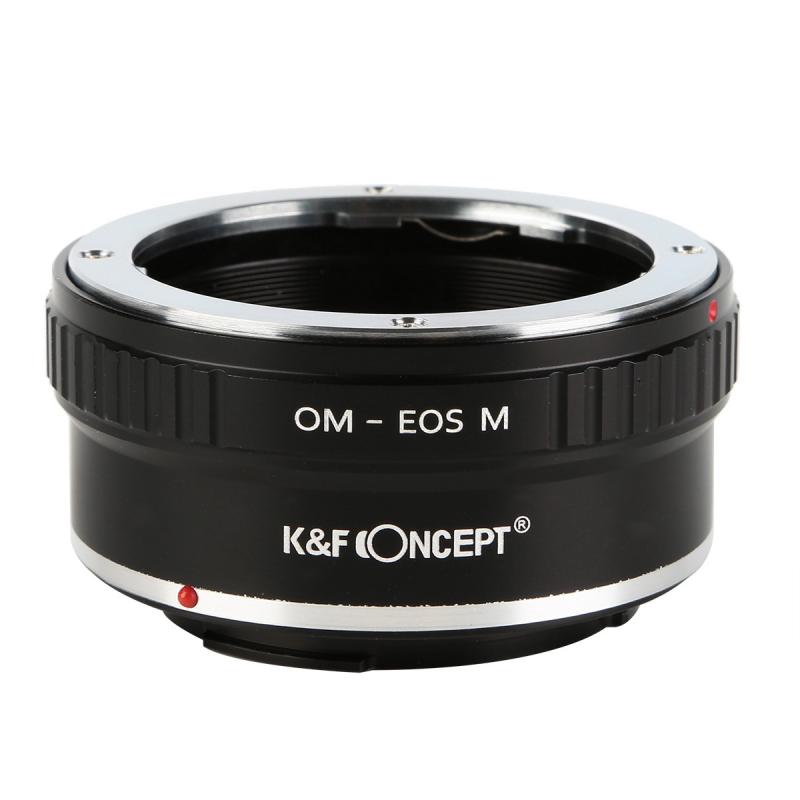
4、 Tips for adjusting and customizing a hand strap on a camera
Tips for adjusting and customizing a hand strap on a camera:
1. Start by selecting a hand strap that is compatible with your camera model. There are various types available, including leather, nylon, and neoprene straps. Choose one that feels comfortable and secure in your hand.
2. To attach the hand strap, locate the metal eyelet on the side of your camera. Thread the strap through the eyelet, ensuring it is securely attached. Some straps may come with a quick-release mechanism for easy attachment and detachment.
3. Adjust the length of the strap to fit your hand comfortably. You want it to be snug enough to prevent the camera from slipping, but not too tight that it restricts your movement. Most hand straps have adjustable buckles or sliders that allow you to customize the fit.
4. Experiment with different hand positions to find the most comfortable grip. Some photographers prefer to have their fingers wrapped around the strap, while others prefer to have their hand resting on top of it. Find what works best for you and allows for easy access to camera controls.
5. Consider adding additional accessories to enhance the functionality of your hand strap. Some straps come with built-in pockets for storing memory cards or batteries. Others may have a tripod mount or a wrist strap attachment for added security.
6. Regularly check the strap for wear and tear, especially if you frequently use your camera in challenging environments. Replace the strap if it becomes frayed or damaged to ensure the safety of your camera.
Remember, the purpose of a hand strap is to provide added security and stability while shooting. It should feel comfortable and allow for easy access to camera controls. Experiment with different adjustments and customizations to find the setup that works best for you.



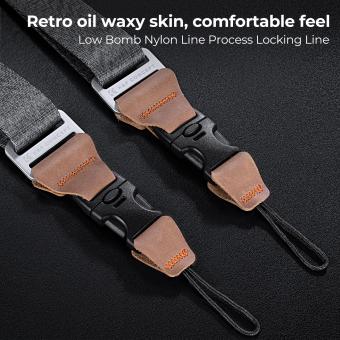


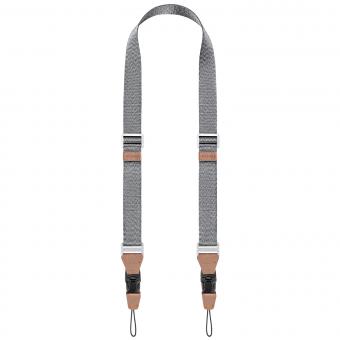


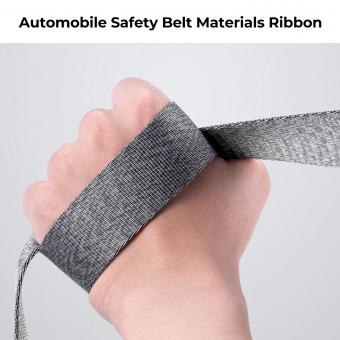


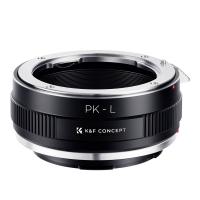
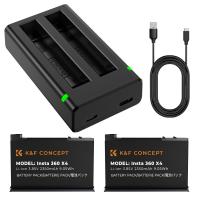
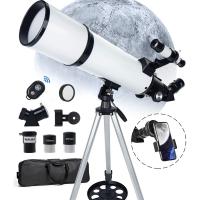

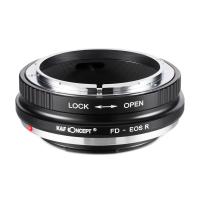


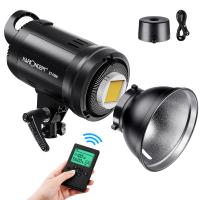
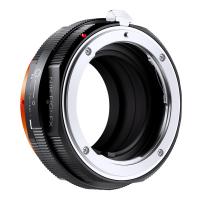

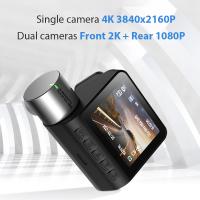

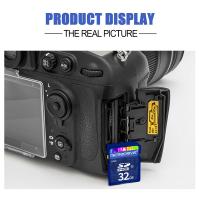
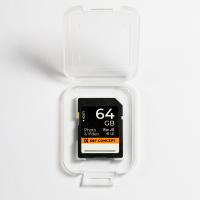
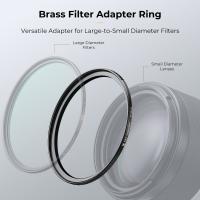
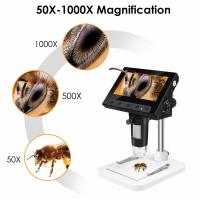
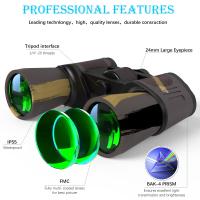


There are no comments for this blog.